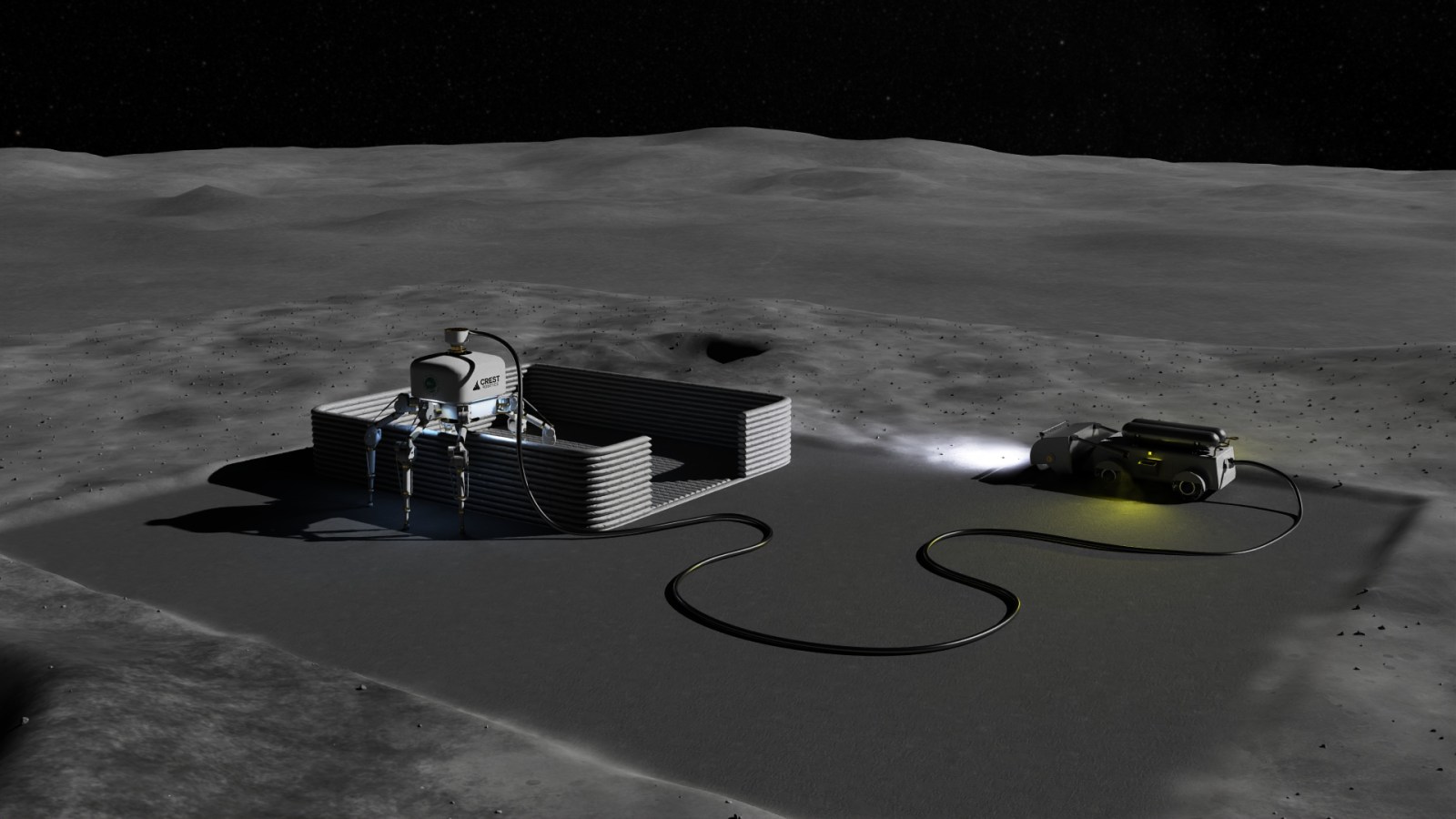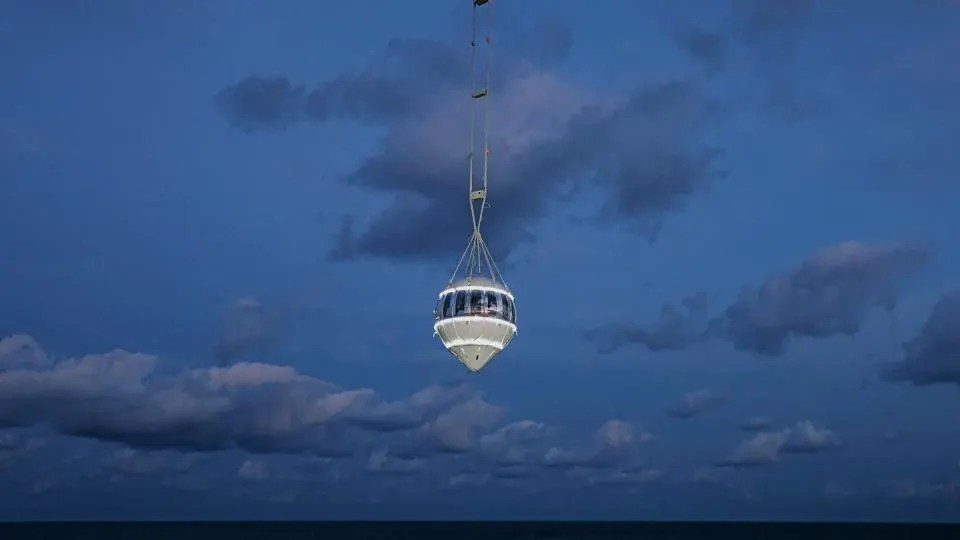In a world where wealth can pass down as comfortably as a kidney stone, one Australian travel company believes the key to smooth succession lies 25 kilometres above Earth.
This story appears in Issue 19 of Forbes Australia, out now. Tap here to secure your copy.
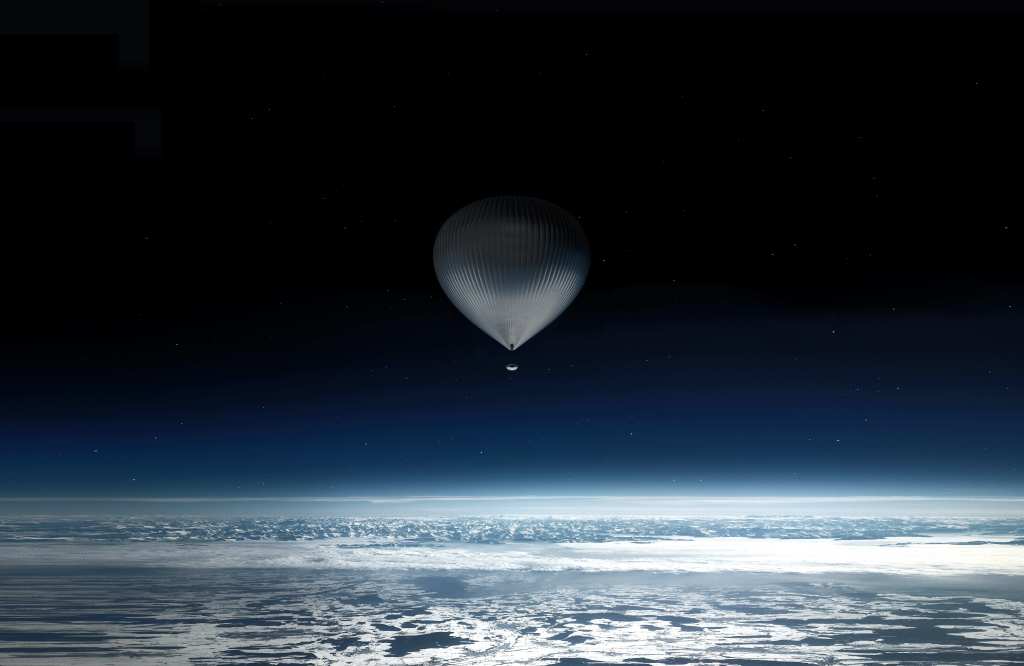
The family office is in gridlock. Grandma wants to bequeath $100 million to her progeny; one grandchild says she doesn’t want it. Another wants it all, now. Private wealth managers are stuck in the crossfire. Enter Sabbatical – a luxury travel company that believes reconciliation might begin where the air thins and the Earth curves away.
With a balloon and capsule designed by French space firm Zephalto, and a Michelin-starred menu, Sabbatical’s newest offering intends to blend luxury wow factor with the “overview effect” – space as therapy for the ultra-wealthy.
Zephalto is locked in a race to be the first commercial space balloon company. It plans to launch its first commercial balloon from the south of France in the first half of 2026, scaling to more than one flight a week. In the hands of Sabbatical, however, the six-hour flight is only the beginning. The $250,000 per person trip includes a four-day “reconnection retreat”.
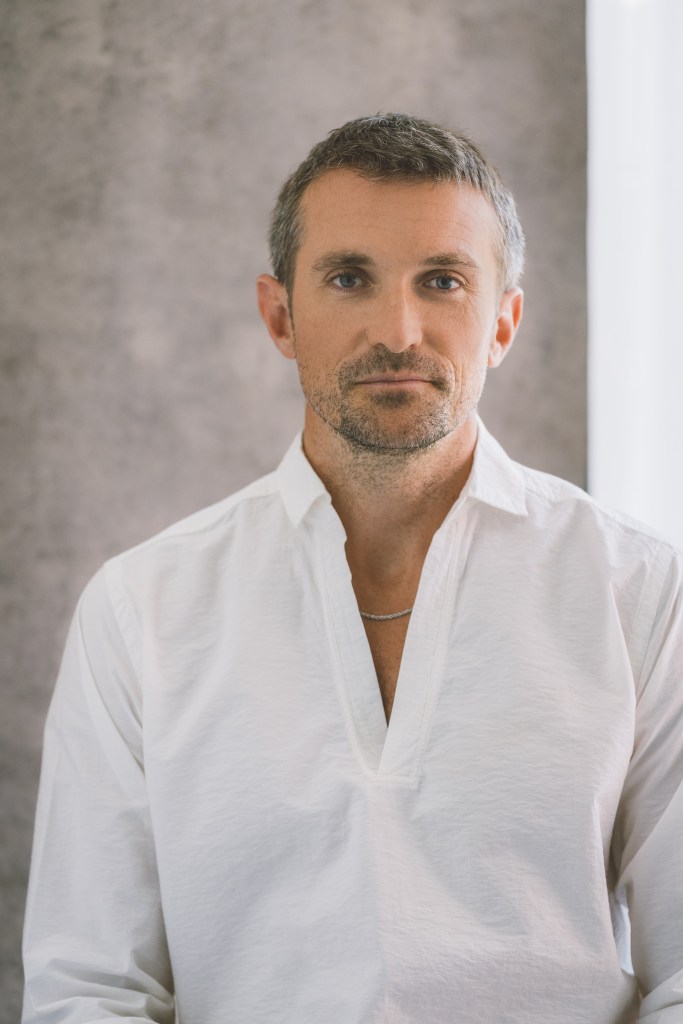
Sabbatical specialises in mind-altering experiences. From “hero’s journey” solo treks in Kazakhstan to $25,000 Ayahuasca retreats in Costa Rica, they’re big on changing people’s minds.
Founder Nicholas Ingate got the stratospheric inspiration at a travel industry retreat in Morocco, where he heard Zephalto’s chief technical officer, David Bergotti, describe plans for balloon-powered journeys to the edge of space.
“You will enjoy a dinner experience, as we are French.”
Zehalto founder and test pilot Vincent Farret d’Astiès
Bergotti talked about how the 600-odd humans who’d ever been to space often reported that looking back on the curvature of the blue Earth on one side and the immense blackness of space on the other changed their perspective on the world – the so-called “overview effect”.
Ingate came home from Morocco wondering if he could do more with such a space trip than just provide a billionaire’s bucket-list tick. He started brainstorming with his team.
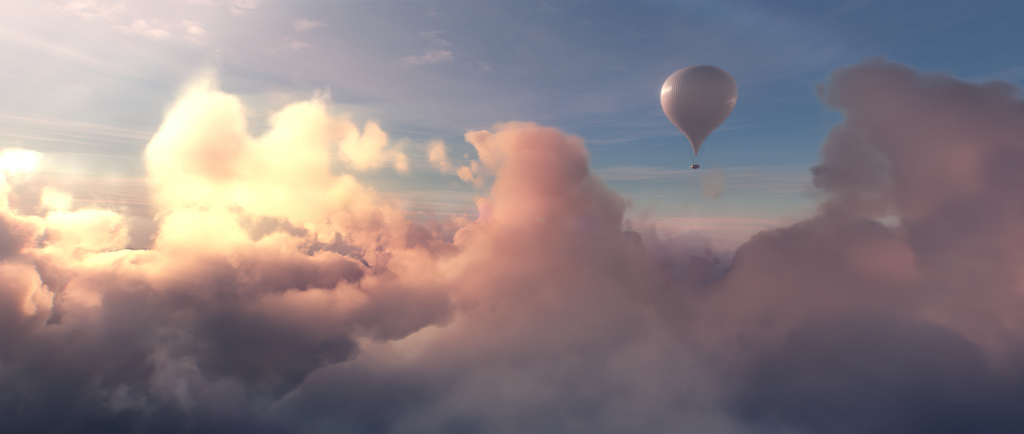
“We had an idea for something meaningful,” Ingate tells Forbes Australia. “What if we made this the first succession-focused travel experience in the world?”
The offering that emerged is part adventure, part intervention. A six-hour flight in Zephalto’s pressurised capsule—rising 25 kilometres above sea level via a stratospheric balloon – offers a panoramic view of Earth in near-space conditions, with champagne, Michelin-starred dining and leather interiors designed by French luxury houses.
Back on the ground, participants will move to a retreat, probably in Provence, but dependent on where the landing zone is. There, they’ll take part in a program with a facilitator designed to spark conversations about values, legacy, and succession.
“My understanding of the overview effect is that with the backdrop of the expansiveness of space, you drop a lot of baggage, but it also unifies you as one of eight billion people,” says Ingate. “It has this dual effect, and if you’re a family experiencing conflict in wealth transfer, a lot of that, particularly for the older generation, is about legacy.
“I really was inspired by the legacy piece. Can we create an experience where Grandma, Grandpa, Mum and Dad and the grandkids can all experience the overview effect, then once we’ve come back down, we’ll have a four-day grounding retreat where our facilitators can really talk through family lineage and impart some wisdom for these family members to think in 100-year gaps, not just their lifetime.
“For a lot of families, there’s a lot of friction. There’s a lot of science that suggests being born into extreme poverty and being born into extreme wealth have the same effect on young people’s brains, in their chemical makeup. Some just reject it outright. There are a lot of young people who do not want to be part of this huge wealth transfer.
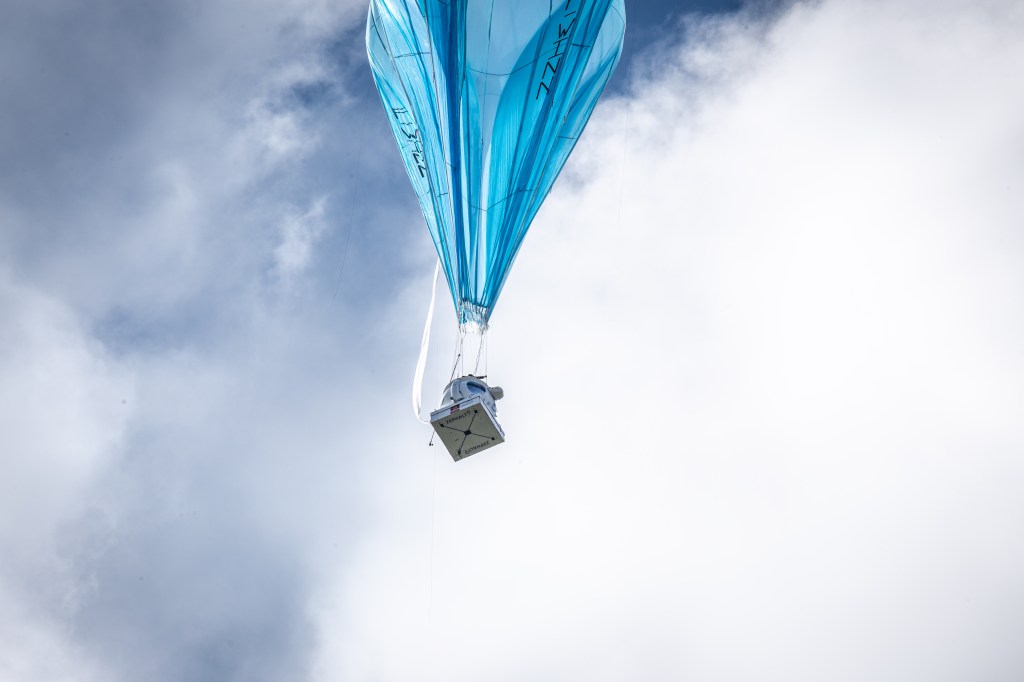
“And no one’s ever really going to give them the space to talk about the suffering that’s going on internally when they’re about to inherit millions and millions of dollars. They feel trapped, with nowhere to process the great responsibility that is being bestowed on them, not by choice, just by circumstance.”
It’s the family offices and wealth managers who are reaching out to Ingate to help resolve the deadlocks, he says.
“You can imagine Grandpa at one end saying, ‘You ungrateful little shit. I’m trying to give you $100 million.’ And Grandson at the other end saying, ‘Well, I don’t want it. I don’t want the responsibility.’
“You can imagine if you’re the private wealth manager trying to manage that dynamic.
“We’re not a silver bullet. We’re not gonna solve everything, but if we can take that particular family in this hypothetical situation on a two-week journey to France in an effort to bring the walls down, so maybe Grandpa can see Grandson in a new way and start to build a rapport.
“So then we can give our families back to the private wealth managers, back to the boardroom, who can start to plan in a loving, more conscious environment.”
Stratosphere class
“You get on the capsule and the balloon is already inflated above you,” says Zephalto founder and “test pilot” Vincent Farret d’Astiès.
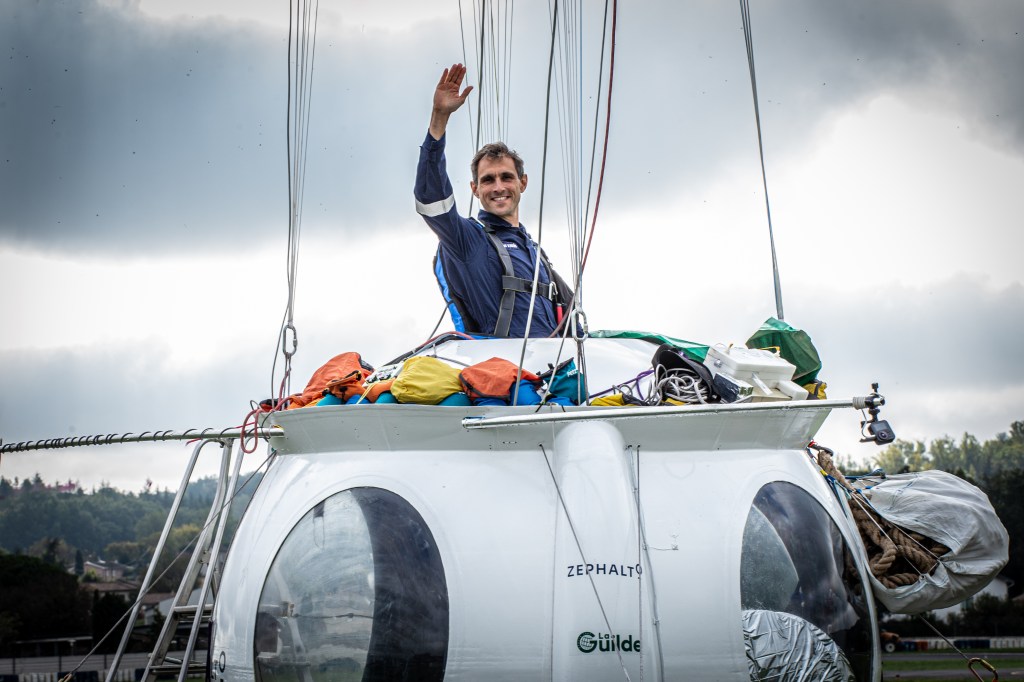
The French company is now on its fifth prototype and plans to launch its first commercial flight in the second quarter of 2026. “We gently ascend – a really smooth experience without any boost,” d’Astiès tells Forbes Australia.
It takes 90 minutes to reach 25 kilometres altitude, where the capsule floats for around three hours before descending over 90 minutes. “That will be smooth also,” he says. “You will enjoy a dinner experience, as we are French.”
Zephalto works with a Michelin-starred chef, though “unfortunately, the chef won’t be on each flight cooking for our guests, but will prepare the meal”, says d’Asties.
The balloon, made from a polymer fabric, is filled with green hydrogen. At sea level, the balloon is 100 metres above the capsule, but as it climbs into thinner air, the fabric expands dramatically—“about two football stadiums wide” at peak altitude.
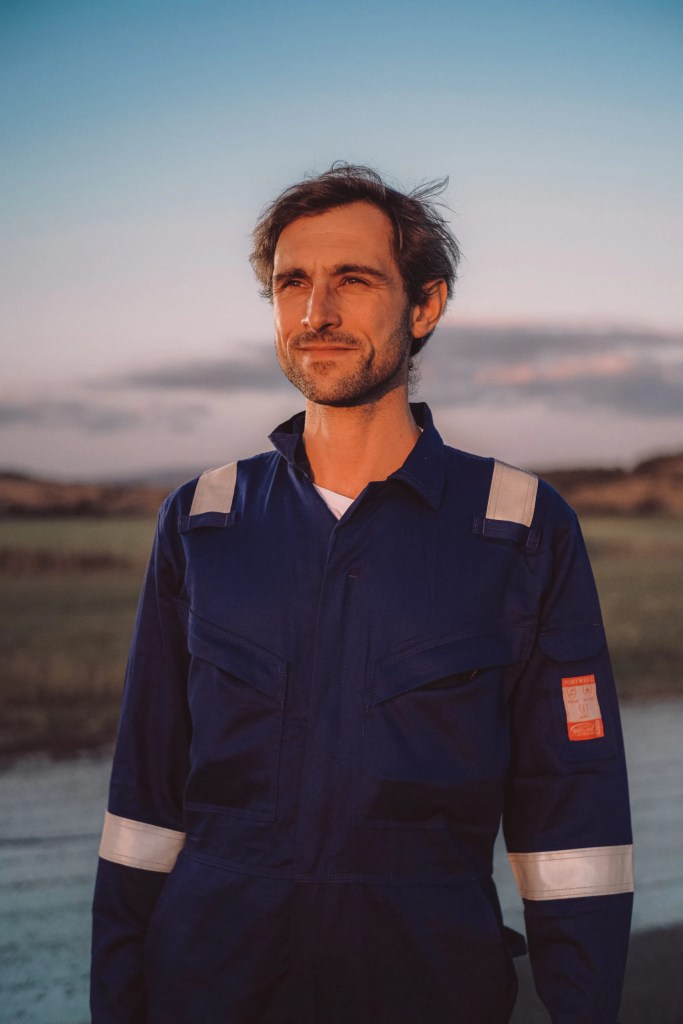
Descent is controlled by gradually releasing gas.
Landing locations vary. “It’s like sailing in three dimensions,” d’Astiès explains. “The wind has different directions depending on the altitude. You go westward at 5,000 metres, then northward at 10,000 metres so that you can navigate this way.” Flights are expected to land roughly 200 kilometres from where they launch.
A former air traffic controller, d’Astiès founded Zephalto in 2012 after watching a sunset and dreaming of going higher. Since then, he’s spent €10 million developing what he calls “the smallest experience-led hotel in the world.”
The capsule designed by Joseph Dirand Architecture will be reused — along with the balloon —making it the first time a stratospheric balloon has been recycled for multiple flights.
“We’ve had five prototypes, and now we are moving toward the commercial capsule and balloon,” he says.
Zephalto is working with multiple travel agencies, not just Sabbatical. Tickets for the first commercial flights, priced at €170,000, are already sold, though d’Astiès won’t reveal names.
The long-term plan is to run about 60 flights per year, he says. “It’s more affordable than a rocket,” he notes. (In 2001, American businessman Dennis Tito reportedly paid US$20 million to become the first space tourist. Virgin Galactic was offering suborbital flights for US$250,000 before being mothballed.)
Zephalto hasn’t yet reached the full 25-kilometre altitude, but d’Astiès says they’re close. “The capsule is ready, and the pilots are ready. We’ve tested the pressurisation. It will be very soon.
“The overview effect is a once-in-a-lifetime experience that is deeply transforming perception,” he says. “And I hope to be able to tell you more about that very soon.”

